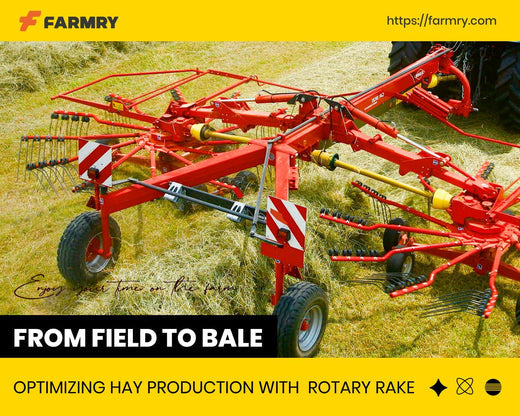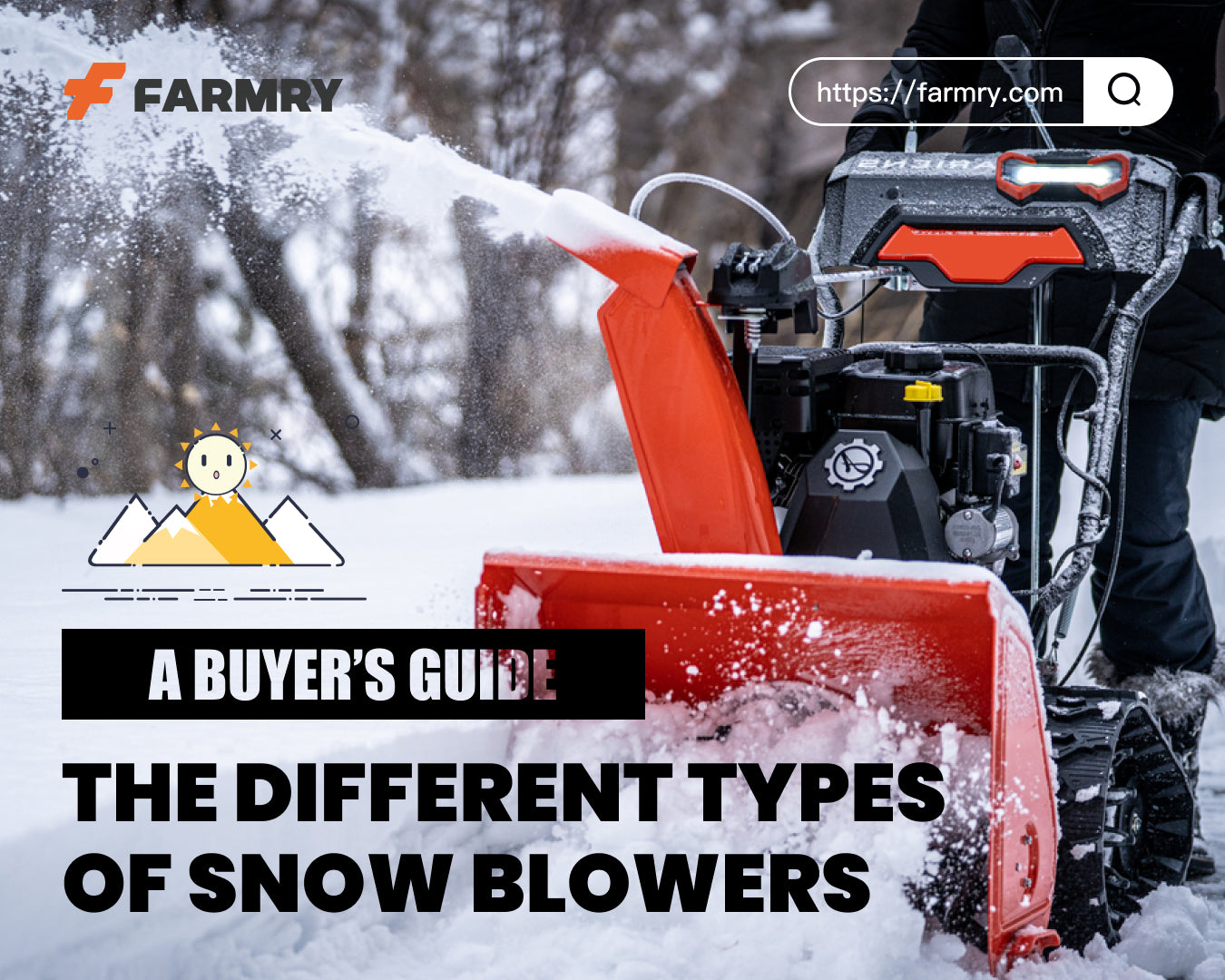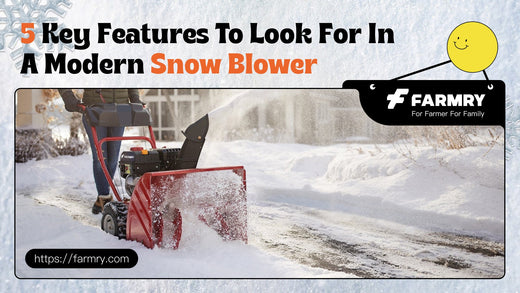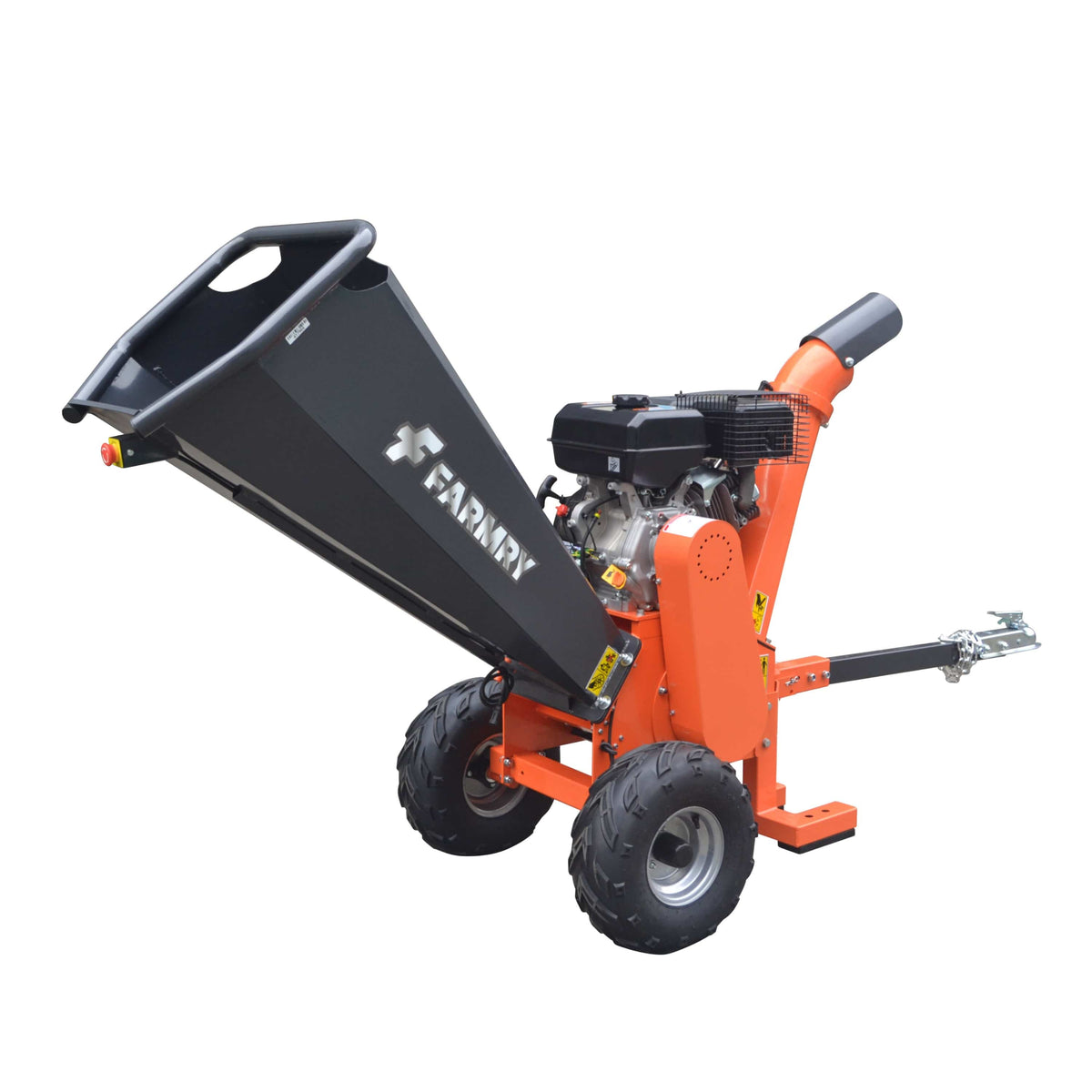Top Compatibility Features for Attachments
 Top Compatibility Features for Your 3 Point Offset Mower
Top Compatibility Features for Your 3 Point Offset Mower
Buying the right 3 point offset mower isn’t just about horsepower or price. It’s about making sure your mower connects properly to your tractor, works smoothly on your terrain, and delivers consistent results. In this guide, we break down the key compatibility features that matter most for safe, efficient mowing.
Understanding the 3-Point Hitch System
The 3-point hitch is the standard system for attaching implements like flail mowers to tractors. Most offset flail mowers fit either:
-
Category 1: Common for 20–50 HP compact and subcompact tractors
-
Category 2: Used with 40–100 HP utility tractors
Your hitch pins, spacing, and lift arms need to match your mower’s mounting points to avoid alignment issues or improper lifting.
Check PTO Shaft Compatibility
The PTO shaft (Power Take-Off) delivers engine power from your tractor to the mower’s rotor. You’ll want to ensure:
-
The shaft matches your tractor’s size and spline count
-
Operating speeds align (usually 540 RPM)
-
The connection length fits without overstretching or bottoming out
A mismatch can lead to damage, noise, or dropped power—especially when mowing on uneven terrain or at an angle.
Hydraulic Offset Adds Flexibility
Many modern ditch bank mowers feature hydraulic offset capability. This allows you to shift the mower deck sideways—without getting off the tractor. It’s useful for:
-
Reaching under trees
-
Cutting alongside fence lines
-
Managing slope edges and outer mowing edges
If your tractor has rear hydraulic remotes, you can operate this function on-the-fly, making it easier to adapt as you mow.
Support from Rear Roller and Mower Deck Suspension
A rear roller keeps your mowing level and prevents scalping, especially on uneven ground. Some models include an adjustable rear roller to fine-tune your mowing height. Combined with a good mower deck suspension, these features help maintain even contact with the terrain—key for professional-looking results.
Blade Setup and Cutting Performance
For heavy-duty applications, forged hammer flail blades offer superior durability and cutting power. These blades are ideal for tackling overgrown grass, thick brush, or light woody debris.
Other key features include:
-
Blade ground clearance for obstacle navigation
-
Precise cutting height control to suit different terrain types
-
An electronically balanced rotor for smoother, vibration-free performance
These components help deliver cleaner cuts with less wear on your machine.
Match Mower Size to Tractor Capacity
Your tractor must be strong enough to handle the mower’s:
-
Overall width
-
Mowing width
-
Weight and lifting requirements
Undersizing the mower may require more passes; oversizing it can strain your tractor. Ideally, the mower should cover slightly more than the entire tractor width without being too heavy for your lift arms or PTO.
Don’t Overlook Build Quality
The powder coated paint on many premium mowers helps prevent rust and corrosion, especially in wet or muddy conditions. Combined with quality steel and well-balanced components, it ensures your investment lasts through multiple seasons of hard use.
Conclusion
Choosing a 3 point offset mower that’s fully compatible with your tractor isn’t just about specs—it’s about ensuring safe attachment, smooth operation, and dependable mowing every time. From the PTO shaft and hydraulic offset to blade type and mower deck suspension, each feature plays a role in performance and peace of mind.
With the right setup, you’ll mow faster, cleaner, and more efficiently—no frustration, no guesswork.







